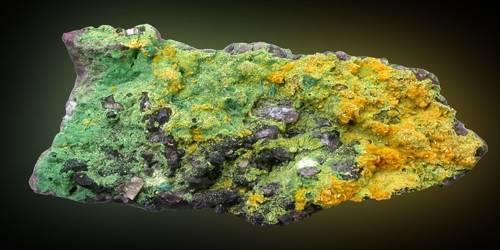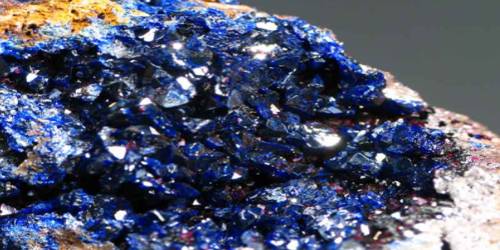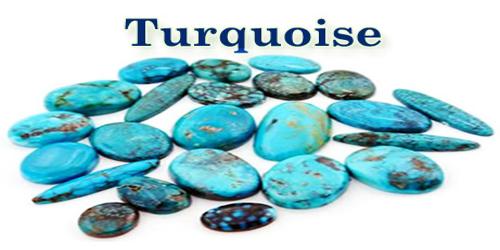Hauyne, is a tectosilicate mineral with sulfate, with endmember formula Na3Ca(Si3Al3)O12(SO4). It is a mineral usually occurring in rounded crystalline grains, rarely in distinct isometric crystals. It was first described in 1807 from samples discovered in Vesuvian lavas in Monte Somma, Italy, and was named in 1807 by Brunn-Neergard for the French crystallographer René Just Haüy (1743–1822).
It is a feldspathoid and a member of the sodalite group. This distinguishes haüyne from sodalite, which forms cubic crystals of chlorite under the same conditions. The mineral is not radioactive. It is sometimes used as a gemstone.
General Information
- Category: Tectosilicate, sodalite group
- Formula: Na3Ca(Si3Al3)O12(SO4)
- Crystal system: Isometric
- Crystal class: Hextetrahedral (43m)

Properties
The crystals are transparent to translucent, with a vitreous to greasy luster. The color is usually bright blue, but it can also be white, gray, yellow, green and pink. All the members of the sodalite group have quite low densities, less than that of quartz; haüyne is the densest of them all, but still, its specific gravity is only 2.44 to 2.50.
- Formula mass: 1,032.43 g/mol
- Color: Blue, white, gray, yellow, green, pink
- Crystal habit: Dodecahedral or pseudo-octahedral
- Fracture: Uneven to conchoidal
- Tenacity: Brittle
- Mohs scale hardness: 5 to 6
- Luster: Vitreous to greasy
- Streak: Very pale blue to white
- Diaphaneity: Transparent to translucent
- Specific gravity: 2.4 to 2.5
- Optical properties: Isotropic
Occurrences
Hauyne occurs in alkaline nepheline or leucite-rich igneous rocks, phonolites, and related undersaturated igneous rocks. It forms in silica-poor lavas.
Samples are found in the lavas of Vesuvius and the volcanoes of Lazio, associated with leucite and melilite in tuffs in the Alban hills and in hauynophyres at Monte Vulture (Basilicata) – all in Italy. It has also been found in volcanic bombs in the Rhineland, in lavas in Morocco, and in andesites in France.
Information Source:
















